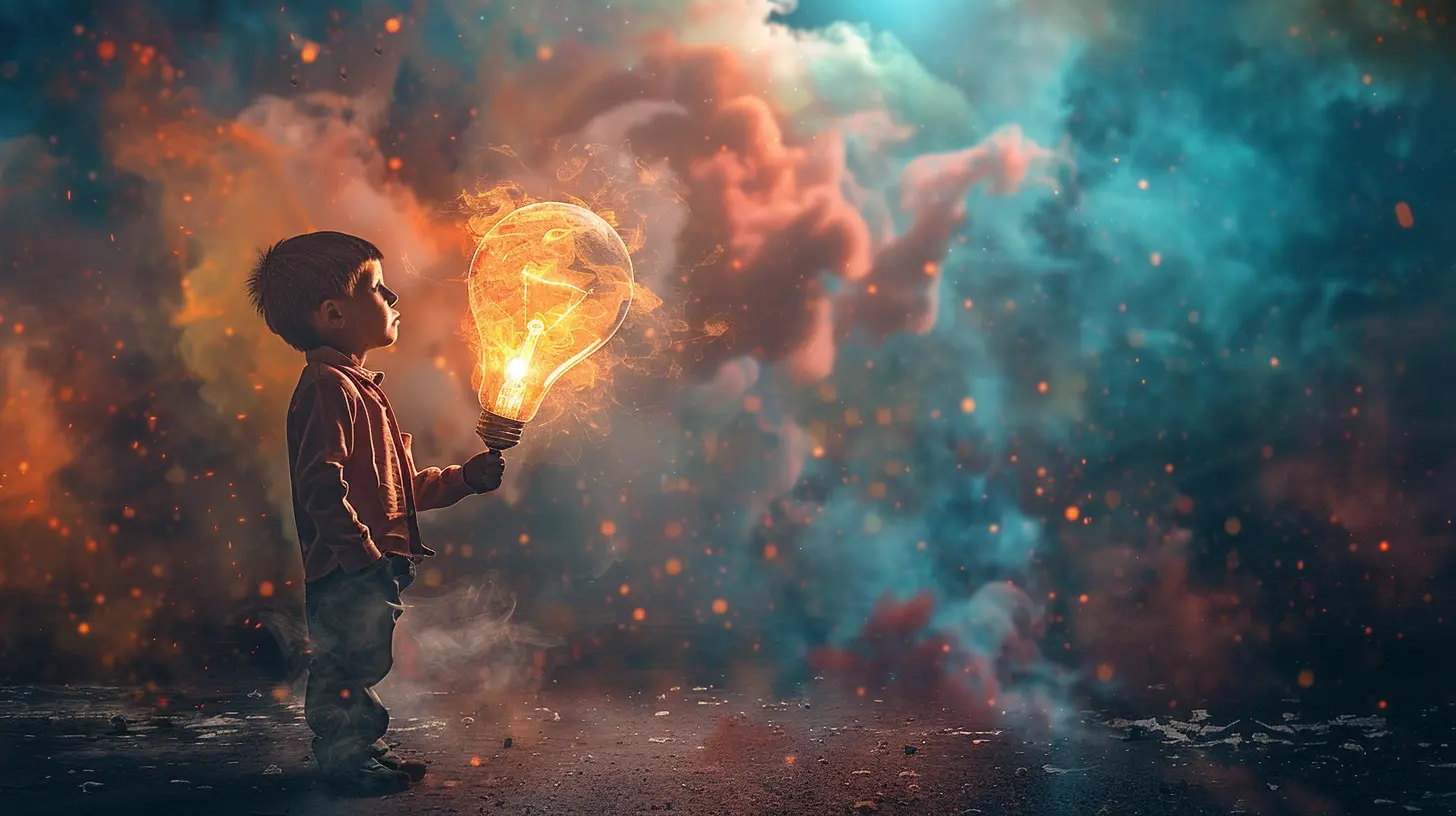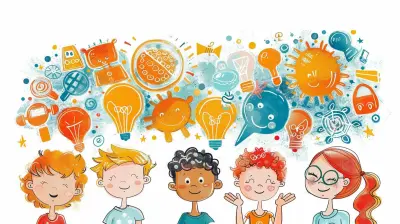Igniting Curiosity: The First Step Toward Creative Thinking
11 October 2025
Curiosity is the spark that lights the fire of creative thinking. It’s that little voice in your head asking, but why? or what if? Every great idea, scientific breakthrough, and artistic masterpiece starts with a simple question. But in a world filled with distractions and routines, how do we keep curiosity alive? And more importantly, how do we use it to fuel our creativity?
In this article, we’ll dive deep into why curiosity matters, how it connects to creative thinking, and practical ways to nurture it in everyday life.

Why Is Curiosity So Important?
Curiosity is more than just asking questions—it’s a mindset. It’s the urge to seek out new information, challenge the status quo, and see the world from different perspectives. Without curiosity, life becomes stagnant, and creative ideas struggle to take shape.Think about some of the most innovative minds in history—Albert Einstein, Leonardo da Vinci, or Steve Jobs. What did they all have in common? A relentless curiosity. Einstein famously said,
> "I have no special talents. I am only passionately curious."
That’s the key—passionately curious. When you fuel your curiosity, you open the doors to new discoveries and fresh ideas, making creative thinking a natural outcome.

The Connection Between Curiosity and Creative Thinking
Creativity isn’t just about painting a masterpiece or composing a song. It’s problem-solving, innovation, and thinking outside the box. But you can’t think creatively if you’re not curious enough to ask new questions or challenge assumptions.Curiosity pushes you to gather knowledge from different sources, connect unrelated ideas, and find unique solutions. It’s like putting together a puzzle—every piece of information you collect helps complete the bigger picture.
Imagine a detective solving a case. If they don’t ask the right questions or explore different possibilities, they’ll never crack the mystery. The same applies to creativity—without curiosity, the pieces just don’t fit.

How to Ignite and Maintain Curiosity
Now that we understand the link between curiosity and creativity, how do we nurture it? Here are some simple, practical ways:1. Ask More Questions
Ever notice how kids ask a million questions? They’re naturally curious about everything! But as we grow up, we stop questioning things as much.Challenge yourself to ask more why, how, and what if questions. Instead of accepting things at face value, dig deeper. For example:
- Why do we follow certain traditions?
- How does the internet work?
- What if humans could breathe underwater?
The more you question, the more doors you open for new ideas and insights.
2. Step Out of Your Comfort Zone
Curiosity thrives on new experiences. If you do the same things every day, your mind becomes numb to creativity. Shake things up!- Read a book on a topic you know nothing about.
- Try a new hobby, like painting, coding, or dancing.
- Travel to a place you’ve never been, even if it’s just a new neighborhood.
New experiences stimulate the brain and spark fresh ideas.
3. Surround Yourself with Curious Minds
Have you ever had a conversation with someone so passionate about a topic that it made you curious too? Curiosity is contagious!Surround yourself with people who love to question, explore, and challenge the norm. Join communities, attend discussions, or simply have deep, meaningful conversations with friends. The more you engage with curious minds, the more your own curiosity expands.
4. Read Widely and Randomly
Books, articles, and even social media can be goldmines of inspiration—if you know where to look. Don’t just stick to topics you’re familiar with. Read about science, history, technology, psychology—anything that catches your attention.Think of your brain as a library. The more books (knowledge) you have inside, the easier it is to make creative connections between them.
5. Embrace Failure as a Learning Tool
One of the biggest curiosity killers is the fear of failure. If you're too afraid to try new things or ask "silly" questions, you'll never uncover new ideas.Failure isn’t the opposite of success—it’s a stepping stone toward it. Every mistake teaches you something new, so instead of avoiding failure, embrace it. Ask yourself: What can I learn from this?
Many brilliant ideas come from accidents—like penicillin, microwave ovens, and even chocolate chip cookies! If those inventors hadn’t been curious about their mistakes, we wouldn’t have these everyday essentials.
6. Keep a Curiosity Journal
Writing down your thoughts, questions, and discoveries can help keep curiosity alive. Every day, jot down:- Something new you learned
- A question that popped into your mind
- A thought-provoking observation
Over time, you’ll start seeing patterns and connections that lead to creative breakthroughs.

Overcoming Barriers to Curiosity
Sometimes, life gets in the way, and curiosity takes a backseat. Here are some common barriers and how to overcome them:1. Fear of Being Wrong
Many people hesitate to ask questions because they don’t want to look foolish. But think about it—some of the world’s greatest discoveries came from people questioning things others took for granted. Be fearless in your curiosity!2. Over-Reliance on Routine
Routines can be helpful, but they can also make life predictable and dull. Break the monotony by trying new things, even if it’s as simple as taking a different route to work or trying a new food.3. Information Overload
The internet gives us access to endless information, but sometimes it’s too much. Focus on depth over breadth—choose a few topics that truly interest you and dive deep.4. Lack of Time
Think you don’t have time to be curious? You don’t need hours—just a few moments each day to read a new fact, to ask a question, or to wonder what if? Small sparks of curiosity can lead to big creative ideas.Final Thoughts
Curiosity isn’t just about gathering facts—it’s about seeing the world with fresh eyes and an open mind. The more you nurture curiosity, the more creative thinking comes naturally.So, the next time you find yourself wondering about something, don’t ignore it. Chase that curiosity. Follow the questions down the rabbit hole. Let your imagination run wild.
Because in the end, curiosity isn’t just the first step toward creative thinking—it’s the fuel that keeps the fire burning.
all images in this post were generated using AI tools
Category:
Creativity In EducationAuthor:

Eva Barker
Discussion
rate this article
1 comments
Max Roberson
Curiosity fuels creativity; nurture it to unlock endless possibilities!
October 27, 2025 at 4:04 AM

Eva Barker
Thank you! Embracing curiosity truly opens the door to limitless creativity and innovation.


